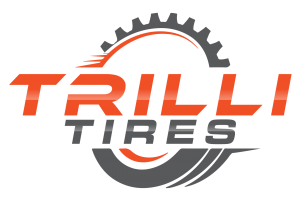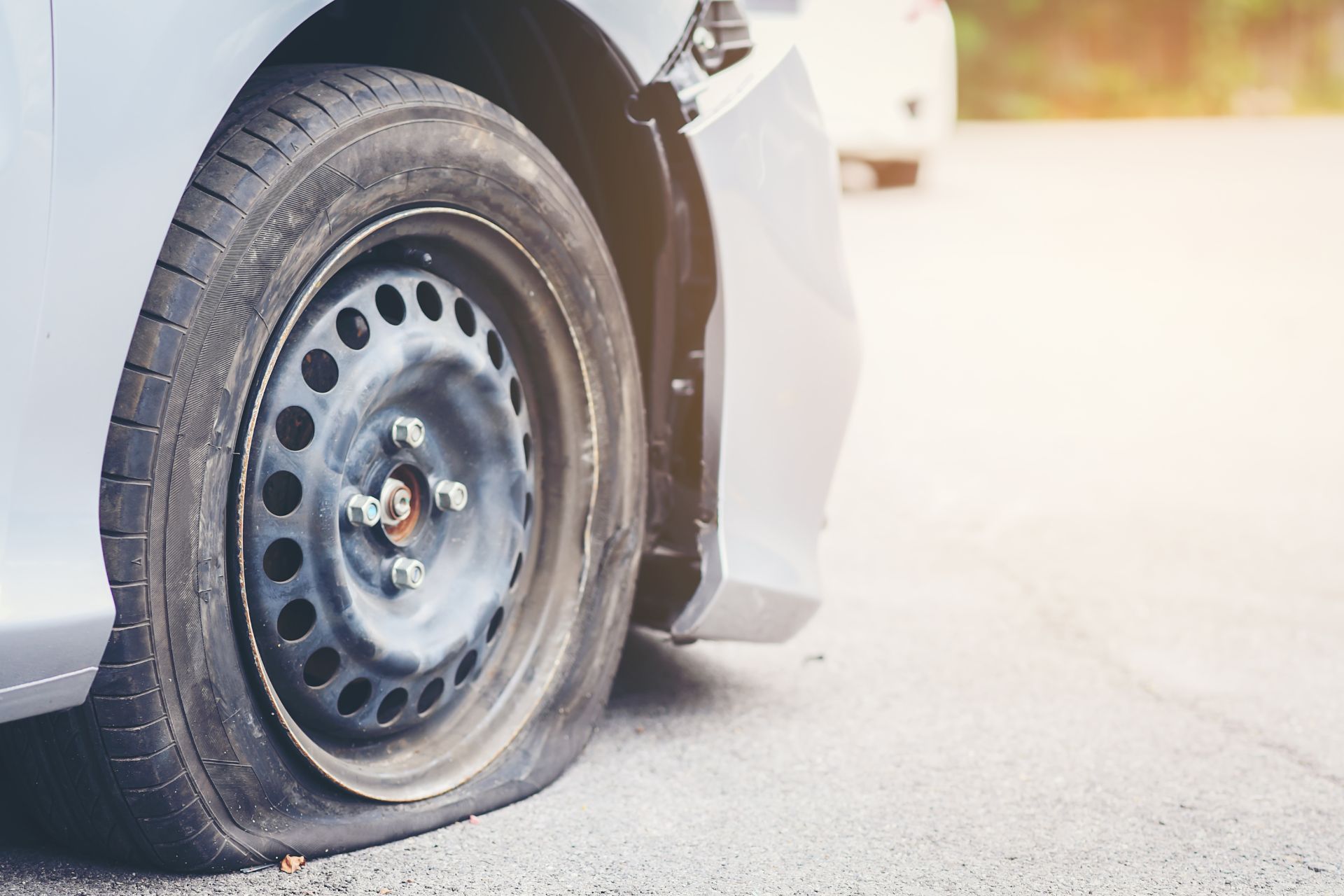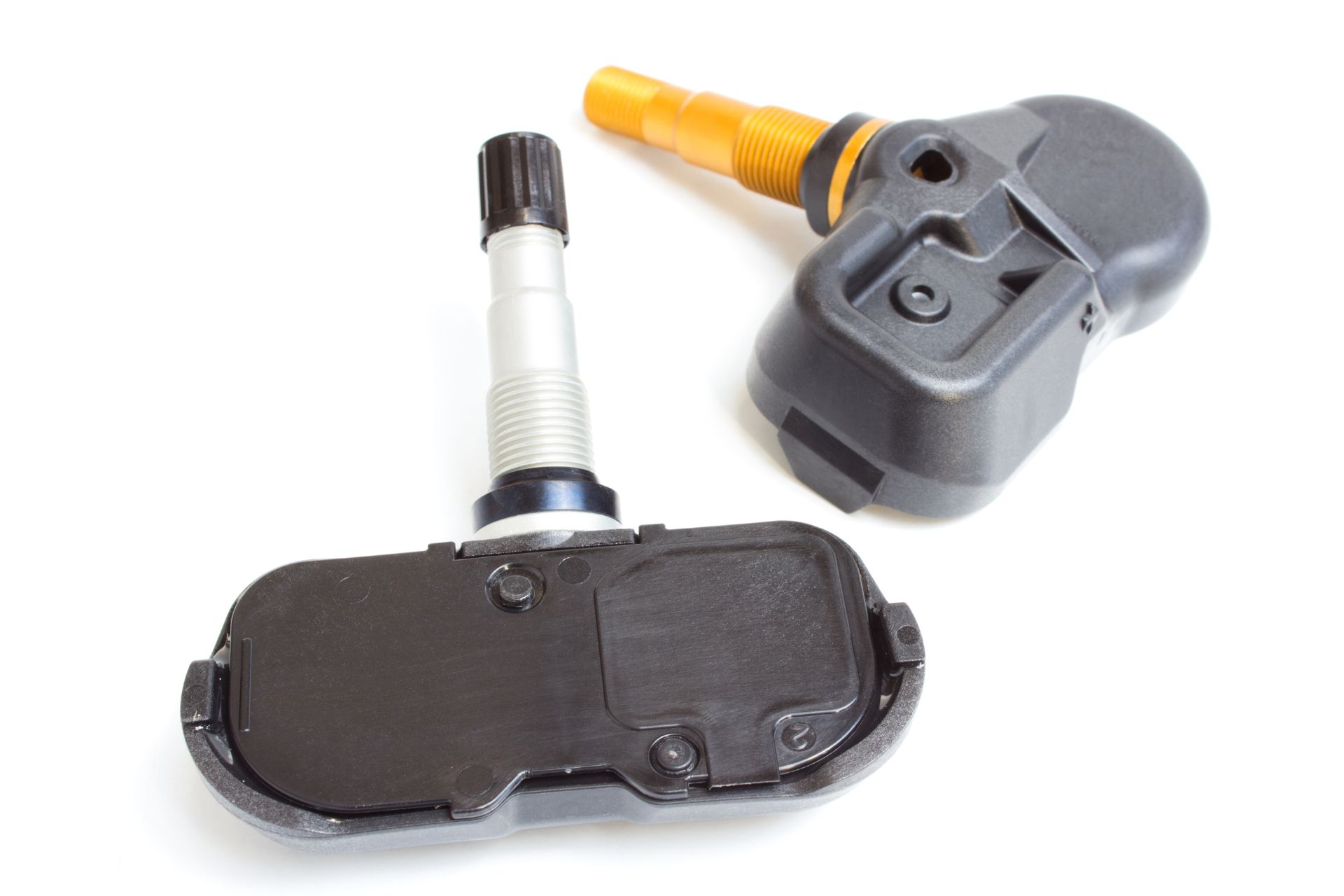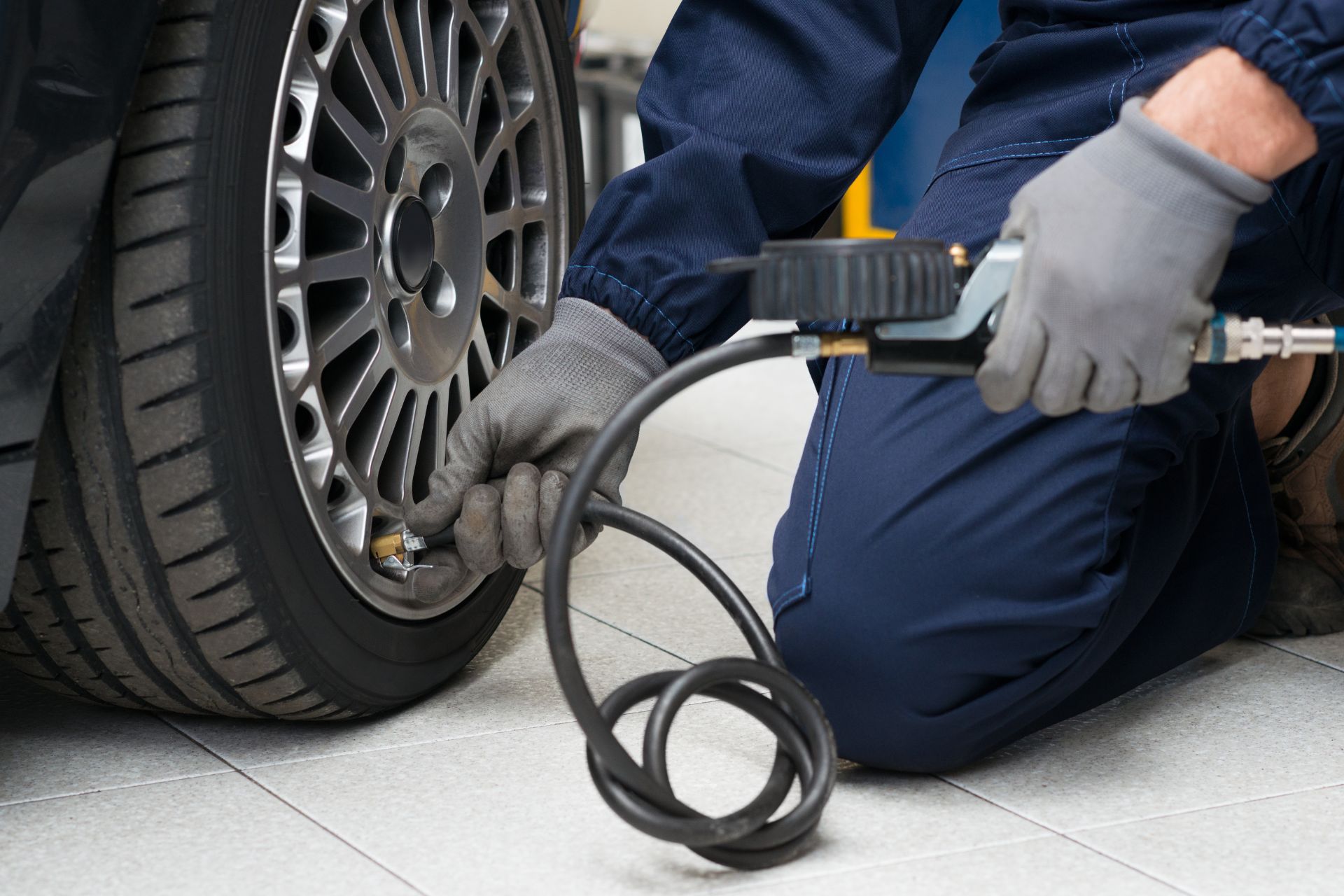Understanding the Role of a Certified Mechanic
In Ontario, a certified mechanic plays a vital role in keeping vehicles safe and roadworthy. These professionals diagnose, repair, and maintain cars, trucks, and other vehicles according to industry standards and provincial regulations. Certification ensures that mechanics have the technical knowledge, hands-on skills, and legal credentials required to work in the automotive industry across the province.
The path to becoming a certified mechanic is structured through a combination of education, apprenticeship, and examination, governed by Skilled Trades Ontario, formerly known as the Ontario College of Trades. This process ensures consistency, professionalism, and safety within the trade.
Step 1: Meet the Basic Requirements
Before starting on the path toward certification, candidates must meet a few minimum requirements. These include:
- Being at least 16 years of age
- Having legal permission to work in Canada
- Completing at least Grade 12 or the equivalent (recommended but not mandatory)
Though not strictly required, having strong math, communication, and mechanical reasoning skills is beneficial. Employers often prefer applicants with a high school diploma or some technical training.
Step 2: Choose the Right Trade Classification
The most common trade classification for an aspiring certified mechanic in Ontario is Automotive Service Technician (AST), which falls under the 310S trade code. There are other related trades such as Truck and Coach Technician (310T), Motorcycle Technician (310G), and Heavy Duty Equipment Technician (421A), depending on your interest and the type of vehicles you want to work on.
The 310S Automotive Service Technician is the standard trade for those working on cars and light trucks in Ontario.
Step 3: Find an Apprenticeship Sponsor
The next major step is finding an employer willing to sponsor you as an apprentice. In most cases, automotive shops, dealerships, and service centers are looking for enthusiastic entry-level workers or co-op students to train.
Once an employer agrees to take you on, both parties must register the apprenticeship agreement with Skilled Trades Ontario. This is a formal, legal agreement that outlines your responsibilities, training, and rights.
Step 4: Register as an Apprentice
After securing a sponsor, you must officially register as an apprentice through Skilled Trades Ontario and the Ministry of Labour, Immigration, Training and Skills Development (MLITSD). Upon registration, you will receive a training standard logbook and a schedule for your technical training.
Apprenticeship training consists of two components:
- On-the-job training: 6,000 hours of hands-on work experience
- In-school training: Approximately 720 hours over three levels (Basic, Intermediate, and Advanced)
In-school training is usually delivered by community colleges or other training institutions approved by the province. These sessions typically occur once a year for eight to ten weeks at a time.
Step 5: Complete the Apprenticeship Program
Over the course of your apprenticeship, you will develop skills in engine repair, electrical systems, fuel systems, brakes, steering and suspension, drive train systems, and diagnostics. You’ll also learn how to use diagnostic tools, software, and machinery common to modern repair shops.
Your progress will be tracked using the training standard logbook provided at the time of registration. Each skill or task must be signed off by your supervising journeyperson to confirm that you have demonstrated competency.
Apprenticeship programs usually take about four years to complete if pursued full-time. However, the duration can vary depending on your employer, the availability of in-school training, and how quickly you accumulate work hours.
Step 6: Write the Certificate of Qualification Exam
Once you complete your apprenticeship hours and in-school training, you will be eligible to write the Certificate of Qualification (C of Q) exam. This is a crucial step in becoming a certified mechanic in Ontario.
The exam tests your knowledge of:
- Automotive mechanical systems
- Safety procedures and regulations
- Diagnostic methods and tools
- Customer service principles
You can book the exam through Skilled Trades Ontario, and it is administered at various test centers across the province. A passing grade is 70% or higher.
Preparing thoroughly is essential. Many training institutions offer exam prep courses, and you can also review the Ontario Trades exam study guides to improve your chances of success.
Step 7: Obtain Your Certification and Red Seal Endorsement (Optional)
Upon passing the C of Q exam, you will be granted a Certificate of Qualification and officially recognized as a certified mechanic in the 310S Automotive Service Technician trade.
Additionally, you may qualify for the Red Seal endorsement, which allows you to work across other provinces and territories in Canada without needing to recertify. This is particularly beneficial if you’re considering relocation or working with national automotive chains.
To obtain the Red Seal, ensure you write the interprovincial version of the C of Q exam, which includes questions aligned with Red Seal standards.
Step 8: Maintain and Upgrade Your Skills
While certification does not currently require renewal in Ontario, continuing education is encouraged. The automotive industry is constantly evolving, especially with the rise of electric and hybrid vehicles, advanced safety systems, and computerized diagnostics.
Many certified mechanics pursue manufacturer-specific training, EV repair certification, or additional trade endorsements to enhance their employability and career prospects.
Additional Considerations
Co-op and Pre-Apprenticeship Programs
If you’re unsure about diving straight into an apprenticeship, many Ontario high schools and colleges offer co-op or pre-apprenticeship programs. These provide hands-on experience and can make you a more attractive candidate to potential sponsors.
Financial Support and Grants
Apprentices in Ontario may be eligible for various financial supports, including:
- Apprenticeship Incentive Grants
- Apprenticeship Completion Grants
- Tools Grant
- Canada Apprentice Loan
These programs help cover the costs of tuition, tools, travel, and living expenses during your training period.
Licensing and Insurance Requirements
In some cases, certified mechanics may choose to open their own business or work as mobile technicians. In these scenarios, additional business licenses, liability insurance, and municipal permits may be required depending on your location and the nature of your services.
Job Outlook and Career Paths
Certified mechanics in Ontario can work in a range of settings, including dealerships, independent garages, fleet maintenance companies, and government agencies. With experience, you can move into supervisory roles, shop management, or even teaching positions at colleges or trade schools.
There is also strong demand for mechanics who specialize in hybrid and electric vehicle service, diesel engines, and diagnostic technology. As vehicles become more advanced, specialization is expected to grow in importance.
Final Thoughts
Becoming a certified mechanic in Ontario is a structured yet flexible process that balances hands-on experience with classroom instruction. It requires commitment, attention to detail, and a willingness to keep learning. Whether you’re just starting out or looking to shift careers, the journey offers a solid foundation in a skilled trade with strong employment prospects and room for growth.




